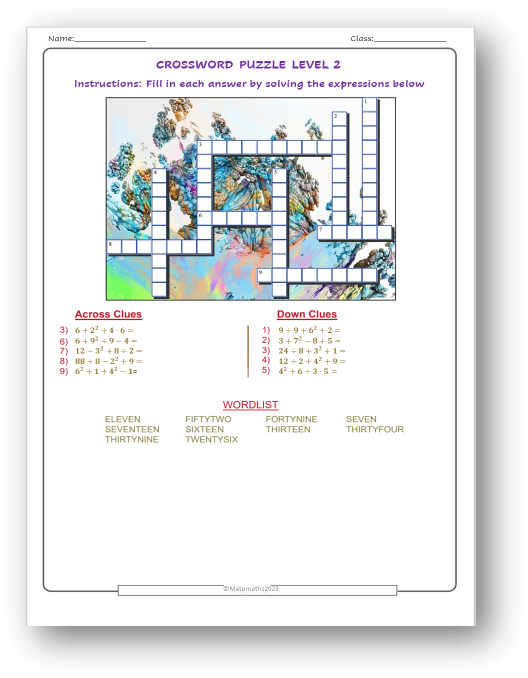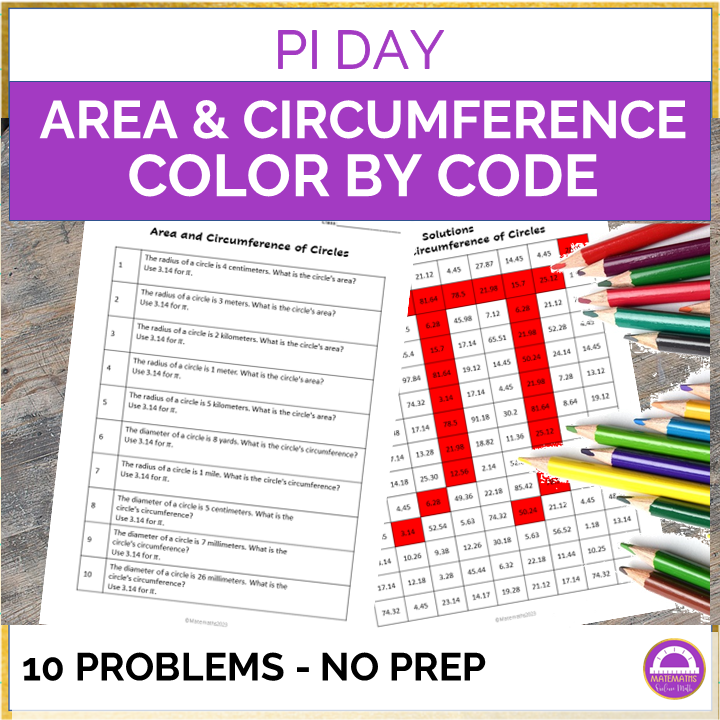In the exciting journey through the world of mathematics, students encounter various topics, and they also engage in ‘Order of Operations worksheets,’ which provide essential practice and pave the way for their understanding of more complex concepts.
Among these fundamental skills is the Order of Operations. To ensure that students grasp this crucial mathematical principle effectively, teachers often utilize a range of engaging resources, including different types of worksheets.
These worksheets come in various formats such as printables, digital versions, game-like activities, and even immersive escape rooms. In this article, we will explore these diverse worksheet types and delve into the significance of mastering order of operations as a stepping stone for future math success.
If you are note sure what order of operations are, check out this page about PEMDAS.
Four Different Types of Order of Operations Worksheets
Order of Operations worksheets example #1 – Printables:
Printable worksheets are the traditional go-to resources for teachers.
They offer a tangible way for students to practice solving problems that involve the order of operations.
These worksheets typically include a series of math expressions, and students are required to follow the correct sequence of operations to arrive at the accurate answers.
Colorful visuals and well-structured layouts can make these printables visually appealing and engaging for students.
For example Order of Operations Crossword Puzzle is a great way to practice:

Order of Operations worksheets example #2 – Digital Worksheets:
In the digital age, technology has transformed the way students learn. Digital order of operations worksheets leverage interactive platforms and tools to enhance engagement. Students can input their answers directly into the worksheet, receive instant feedback, and even access step-by-step solutions. This format not only keeps students motivated but also provides them with a deeper understanding of their mistakes, fostering a culture of self-improvement.

Order of Operations worksheets example #3 – Game-Like Activities:
Gamification adds an element of fun and excitement to the learning process. Game-like order of operations worksheets turn practice into play, capturing students’ attention and motivating them to work through problems. These activities could involve solving puzzles, completing challenges, or even participating in friendly classroom competitions. By disguising learning as play, teachers can create an environment where students eagerly tackle math problems.

Order of Operations worksheets example #4 – Escape Rooms:
Escape rooms have gained popularity as immersive learning experiences. Order of operations escape rooms create scenarios where students must solve a series of math problems correctly to progress and ultimately “escape.” This format not only requires students to apply order of operations but also encourages critical thinking, teamwork, and time management. As students work collaboratively to decipher clues and solve problems, they strengthen their problem-solving skills while having a blast.

The Importance of Mastering Order of Operations
A Solid Foundation for Advanced Math: Mastery of the order of operations lays a solid foundation for tackling more advanced mathematical concepts. From algebraic equations to calculus, correctly applying the order of operations is crucial. Without this fundamental skill, students might struggle to decipher complex equations and make errors that cascade through their calculations.
Enhanced Problem-Solving Abilities: The order of operations is not just about solving math problems—it’s about mastering the art of problem-solving itself. When students understand the correct sequence of operations, they develop a structured approach to breaking down complex problems into manageable steps. This methodical way of thinking extends beyond math, aiding them in analytical thinking across various subjects.
Preventing Misinterpretations: Mathematics is a universal language, but misinterpretations can lead to entirely different outcomes. Without adhering to the order of operations, two individuals solving the same problem might arrive at vastly different answers. By consistently practicing this skill, students learn to communicate mathematical ideas accurately and effectively.
Building Confidence and Curiosity: Success breeds confidence, and mastering order of operations is a clear achievement. As students conquer math problems with accuracy, their confidence in their mathematical abilities grows. This newfound confidence can spill over into other subjects and aspects of their lives. Moreover, as students become more proficient, their curiosity about exploring more complex mathematical realms is piqued.
Conclusion
In the realm of mathematics, the order of operations stands as a fundamental pillar on which numerous mathematical concepts are built. To prepare students for the challenges of advanced math, teachers employ a variety of worksheet types—printables, digital resources, game-like activities, and escape rooms—to make learning this critical skill engaging and effective. The significance of mastering the order of operations cannot be overstated. It not only forms the basis for tackling more complex math but also nurtures problem-solving skills, prevents misinterpretations, and fosters confidence and curiosity. As teachers, guiding students through the mastery of order of operations is a powerful investment in their mathematical journey and their overall cognitive growth.

